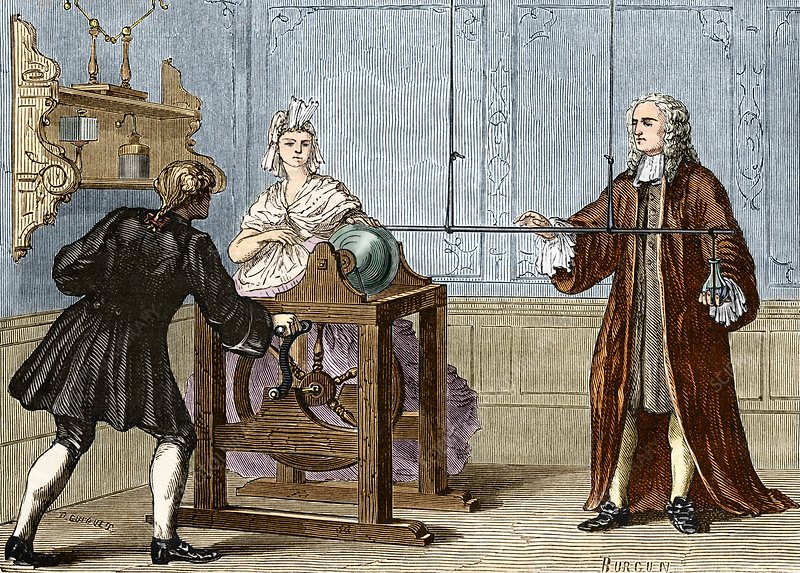Capacitors, Electronics
The History of Capacitors: A Journey Through Electrical Energy Storage
Capacitors are ubiquitous components in today’s electronic devices, providing a vital role in storing and managing electrical energy. From powering the ignition systems in early automobiles to filtering noise in modern microelectronics, capacitors have a rich history that reflects the evolution of electrical engineering and technology. Let’s embark on a journey through time to explore the fascinating history of capacitors.
- The Early Beginnings (1745-1746)
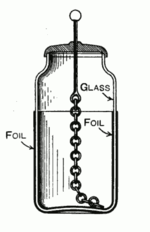
The story of capacitors starts with two pioneering scientists, Ewald Georg von Kleist and Pieter van Musschenbroek, who independently discovered the fundamental principles of the capacitor in the mid-18th century. Kleist, a German clergyman, and Musschenbroek, a Dutch physicist, both described their experiments involving the storage of electric charge in what would become known as the Leyden jar. This device consisted of a glass jar coated inside and out with metal foil, with a metal rod inserted through a cork stopper. When the metal rod was touched and charged, it could store electrical energy for later discharge.
- Benjamin Franklin’s Contribution (1750)
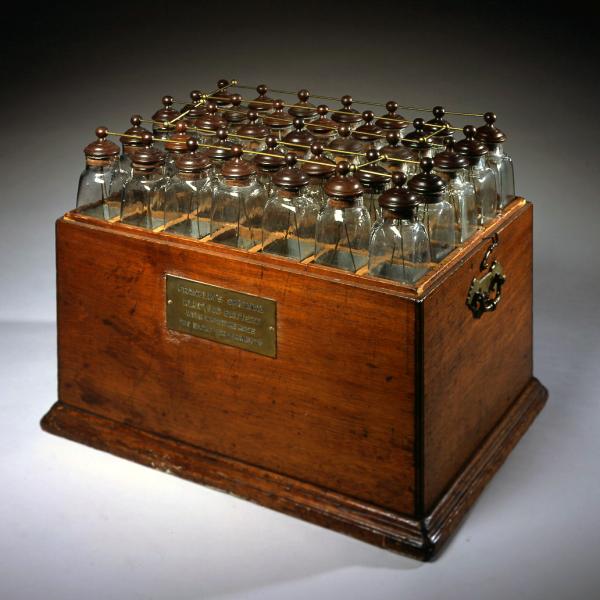
The Leyden jar sparked the interest of Benjamin Franklin, the American polymath known for his experiments with electricity. Franklin coined the term “battery” to describe a connected series of Leyden jars, and he conducted groundbreaking experiments on capacitance, including the famous kite experiment that demonstrated the link between lightning and electricity.
- The Development of Practical Capacitors (19th Century)

Throughout the 19th century, inventors and scientists refined the design and applications of capacitors. One significant advancement was the introduction of dielectric materials, such as glass, wax, and paper, which improved the performance of capacitors by insulating the charged plates. These innovations paved the way for the development of capacitors with higher energy storage capabilities.
- Advancements in Electrolytic Capacitors (20th Century)
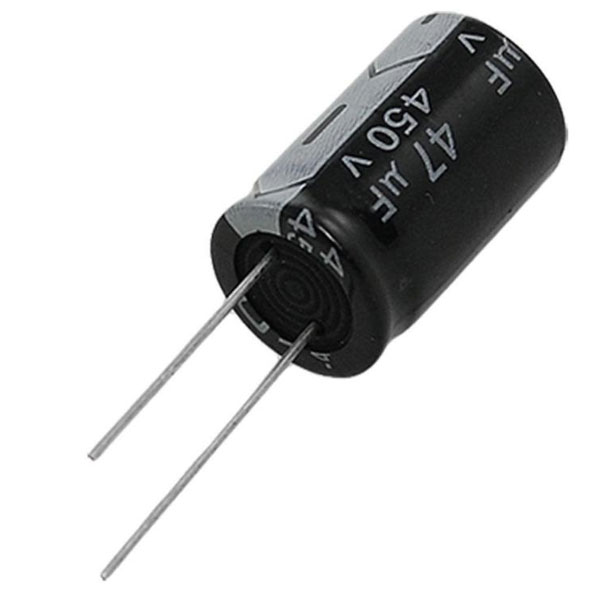
The 20th century witnessed significant progress in capacitor technology. One crucial development was the invention of the electrolytic capacitor by Warren de la Rue in 1866. Electrolytic capacitors employ an electrolyte-soaked paper as the dielectric, allowing for compact designs and higher capacitance values. These capacitors became essential components in early radio technology and later in a wide range of electronic devices.
- Miniaturization and Modern Applications
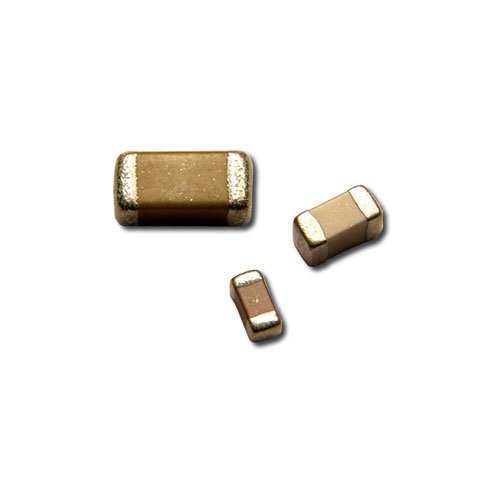
The mid-20th century saw the miniaturization of capacitors, with surface-mount technology (SMT) capacitors becoming prominent in the electronics industry. This allowed for the creation of smaller and more sophisticated electronic devices, from transistor radios to microprocessors. Capacitors found applications in power supplies, signal filtering, timing circuits, and energy storage.
- Advanced Capacitor Technologies (21st Century)

In recent years, capacitor technology has continued to evolve, with the development of advanced types such as supercapacitors and tantalum capacitors. Supercapacitors offer high energy density and rapid charge/discharge cycles, making them ideal for applications like hybrid vehicles and renewable energy systems. Tantalum capacitors provide stable performance in extreme conditions, making them suitable for aerospace and medical devices.
The history of capacitors is a testament to human ingenuity and the constant quest for innovation in electrical engineering. From humble beginnings with Leyden jars to the sophisticated capacitors powering our modern electronics, these devices have come a long way in enabling technological progress. As we move into an era of increasing electrification and sustainable energy solutions, capacitors will undoubtedly continue to play a crucial role in shaping our electrified world.

